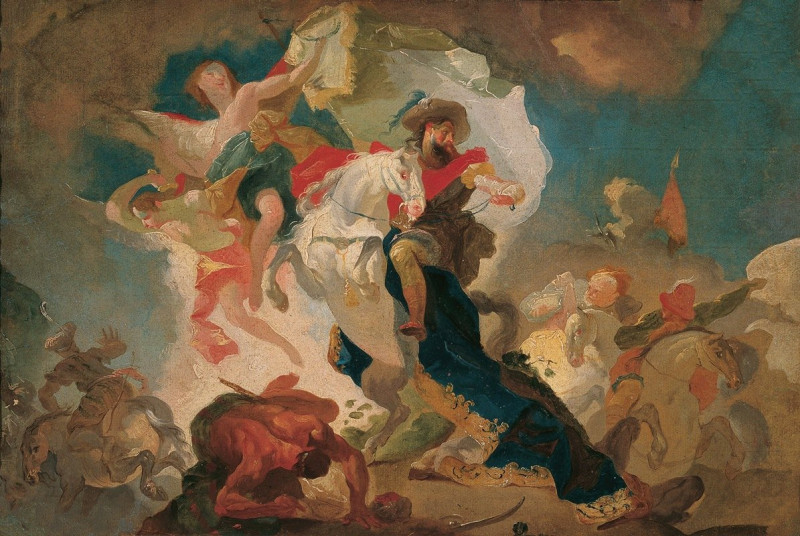The Reader (1861)
Technique: Giclée quality print
Recommended by our customers
More about this artwork
Welcome to a close look at "The Reader," a captivating artwork from the French painter Édouard Manet, dating back to 1861. In this painting, Manet offers us a quietly powerful scene centered on an elderly gentleman engrossed in reading a large, open book.The composition of this artwork is intimate and simple, focusing entirely on the subject, who is seated against a dark, undefined background that enhances the sense of solitary concentration. The reader, with his hair and beard graying, appears absorbed in the contents of the book, illustrating a moment of intellectual engagement or leisure.Manet's use of lighting in this painting highlights the man's face and the pages of the book, drawing attention to the expressions of focus and the action of reading. The brushstrokes are loose and energetic, typical of Manet’s style, which adds a textured and dynamic quality to the tranquil subject matter."The Reader" invites viewers to ponder not just the act of reading but also the broader themes of wisdom, tranquility, and the passage of time. It is a testament to Manet’s skill in portraiture and his ability to convey deep emotion and narrative through seemingly everyday scenes.This piece not only contributes to our appreciation of 19th-century French painting, but it also connects audiences with the timeless joy found in the pages of a book.
Delivery
Returns
Édouard Manet (1832–1883) was a French modernist painter and one of the first 19th century artists to paint modern life. His impressionist style is characterized by relatively small and thin brushstrokes that create emphasis on light depiction. Manet was one of the key artists in the transition from realism to impressionism, along with Claude Monet, Edgar Degas, and Pierre-Auguste Renoir. However, he resisted involvement in any one specific style of painting, and only presented his work to the Salon of Paris instead of impressionist exhibitions. His early masterworks, The Luncheon on the Grass and Olympia, created great controversy and served as a rallying point for other young painters.










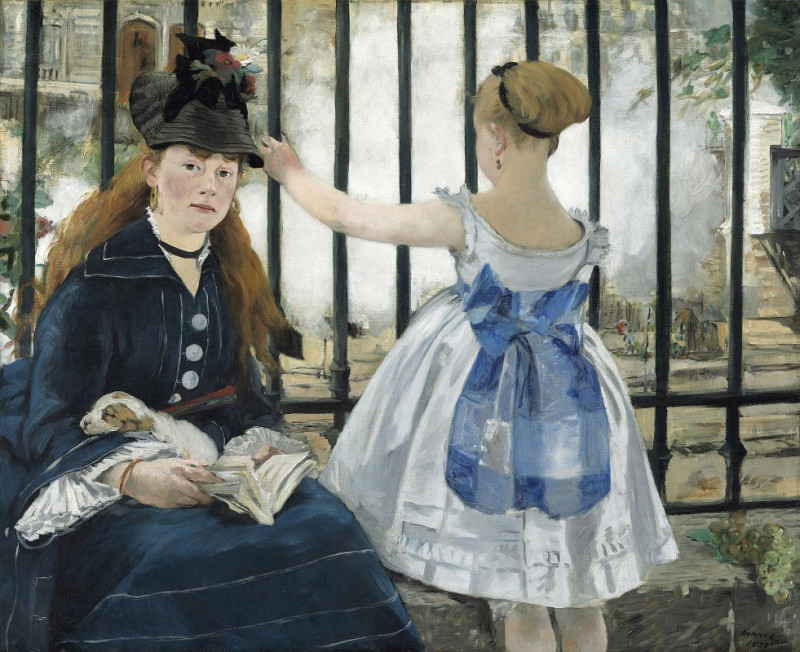








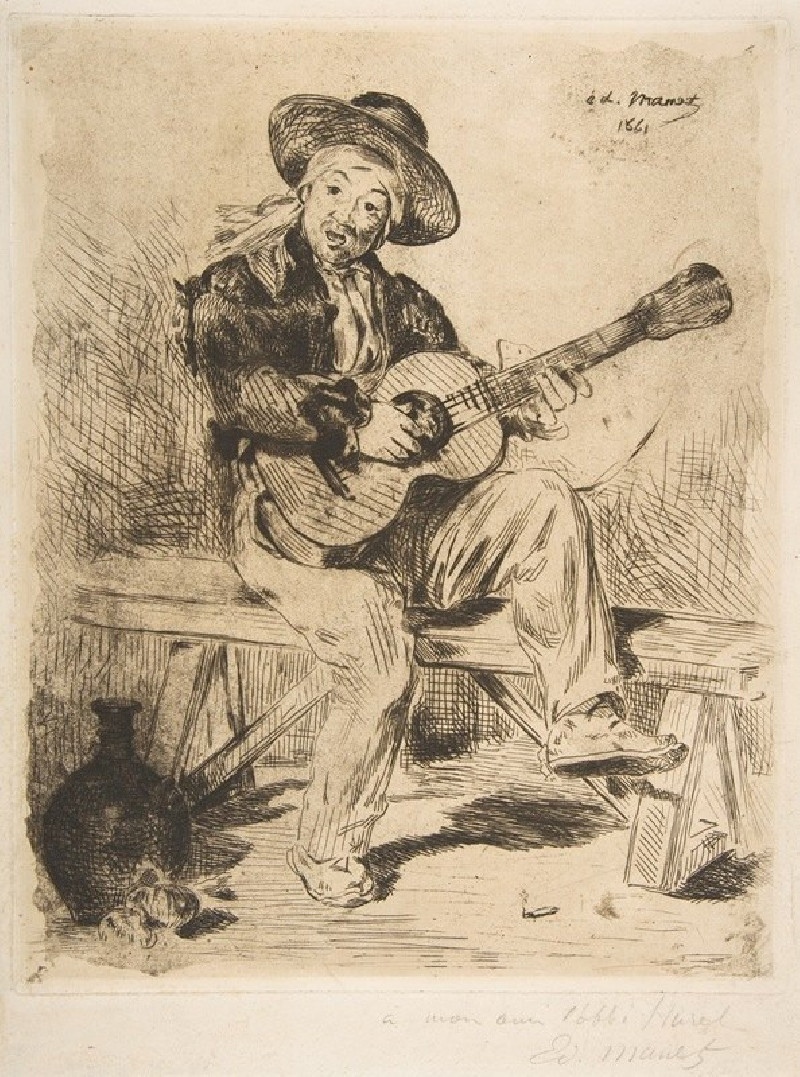


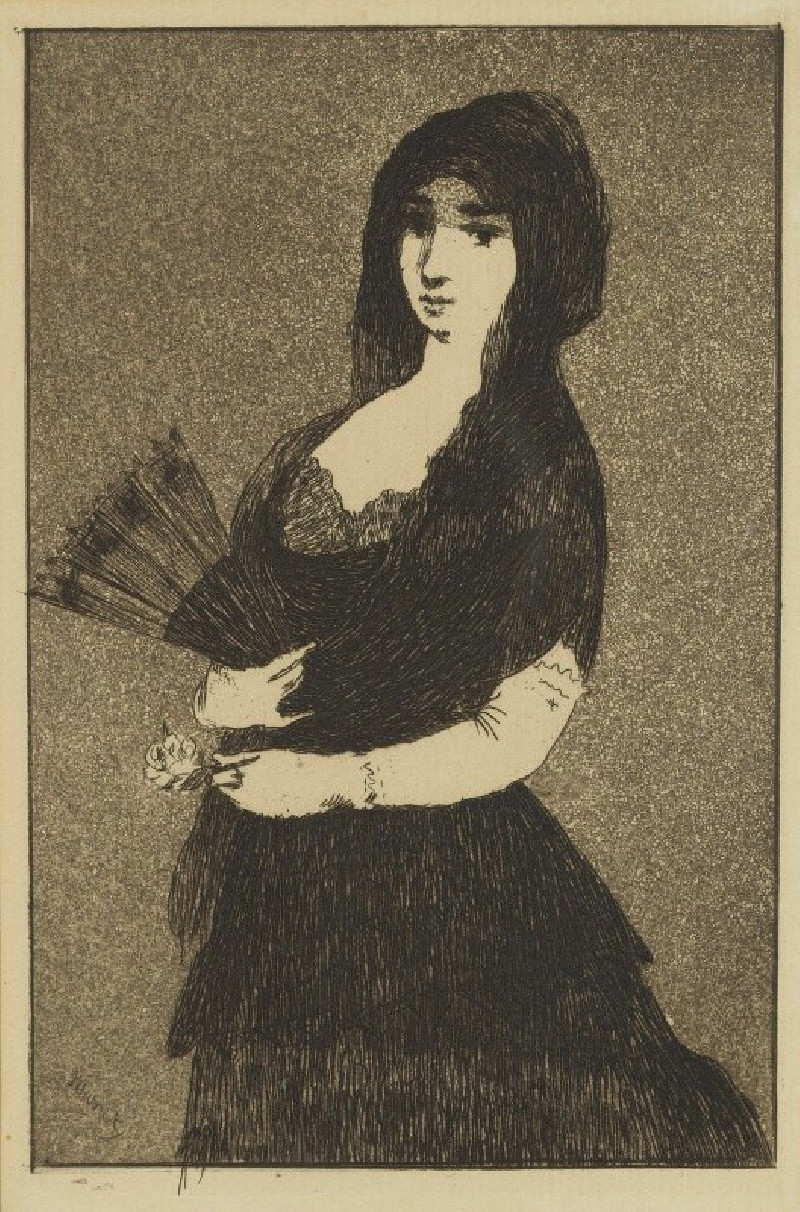













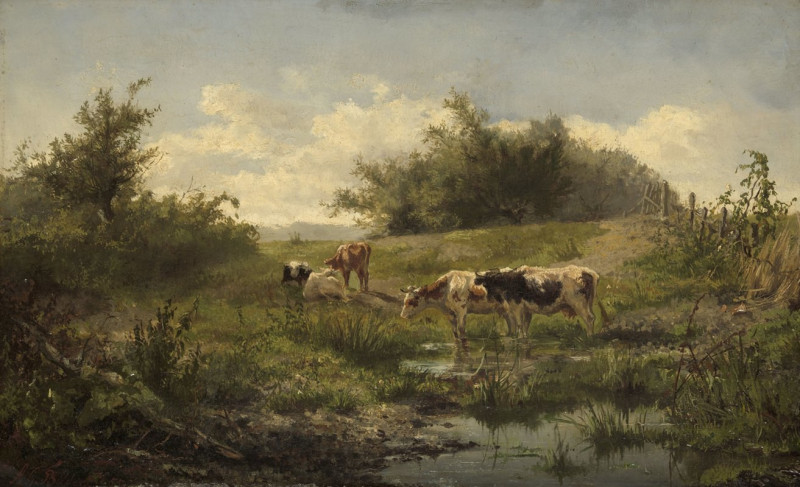

![Pyramids of Geezeh [Giza]. (1846-1849) reproduction of painting by David Roberts. ALL GICLEE PRINTS](https://reprodukcijos.lt/39185-large_default/reproduction-of-pyramids-of-geezeh-giza-1846-1849.jpg)






